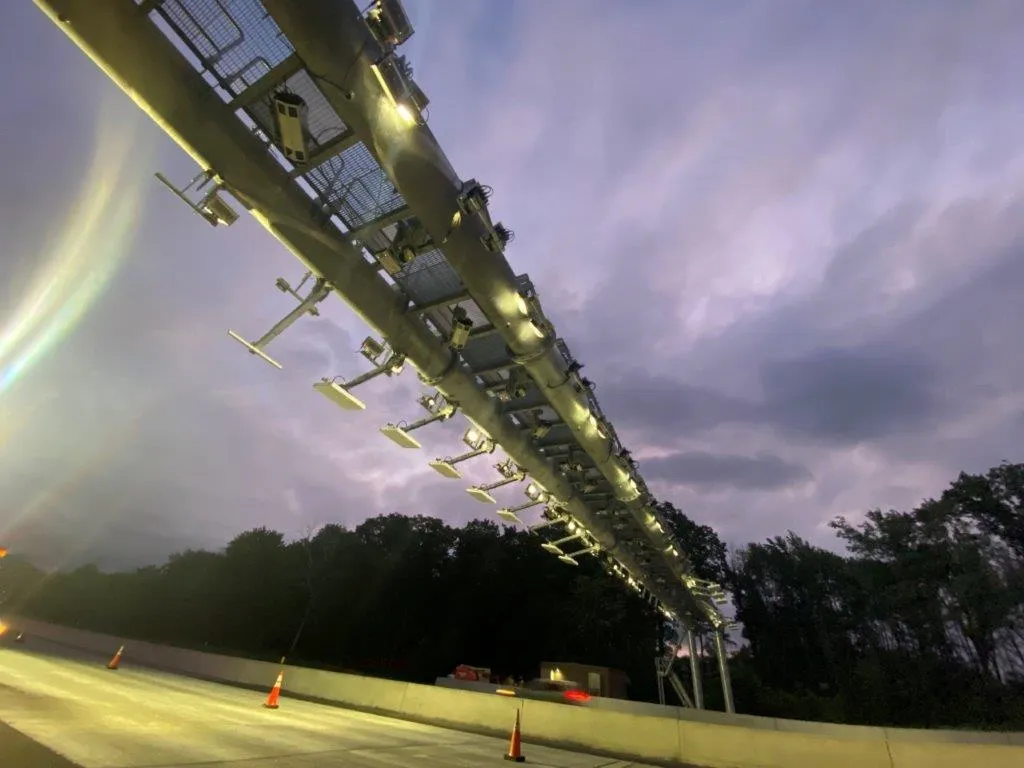Kapsch TrafficCom is strengthening its market in Chile, with the award of two contracts in the country through a subsidiary for the delivery of new multi-lane-free-flow gantries and on-board units.
The first contract is for three new toll gantries for the urban part of the Pan-American Highway passing through Santiago de Chile, which are planned to be operational during 2015. These form part of a framework agreement with the concessionaire Autopista Central and will comprise Kapsch’s state-of-the-art sin
May 6, 2015
Read time: 2 mins
The first contract is for three new toll gantries for the urban part of the Pan-American Highway passing through Santiago de Chile, which are planned to be operational during 2015. These form part of a framework agreement with the concessionaire Autopista Central and will comprise Kapsch’s state-of-the-art single gantry design solution, utilising the latest technology which captures front and rear licence plates using only one gantry.
Kapsch will also supply 400,000 on-board-units for toll collection from newly-registered vehicles to with the Costanera Group as part of a new order. Deliveries will begin in September 2015.
The units use dedicated short-range communication (DSRC) technology and are suitable for the use in the interoperable tolling environment in Chile, both for multi-lane-free-flow tolling and traditional tolling in individual lanes. The new generation of on-board units is 50 per cent smaller and lighter, more powerful, and environmentally and user friendly.










